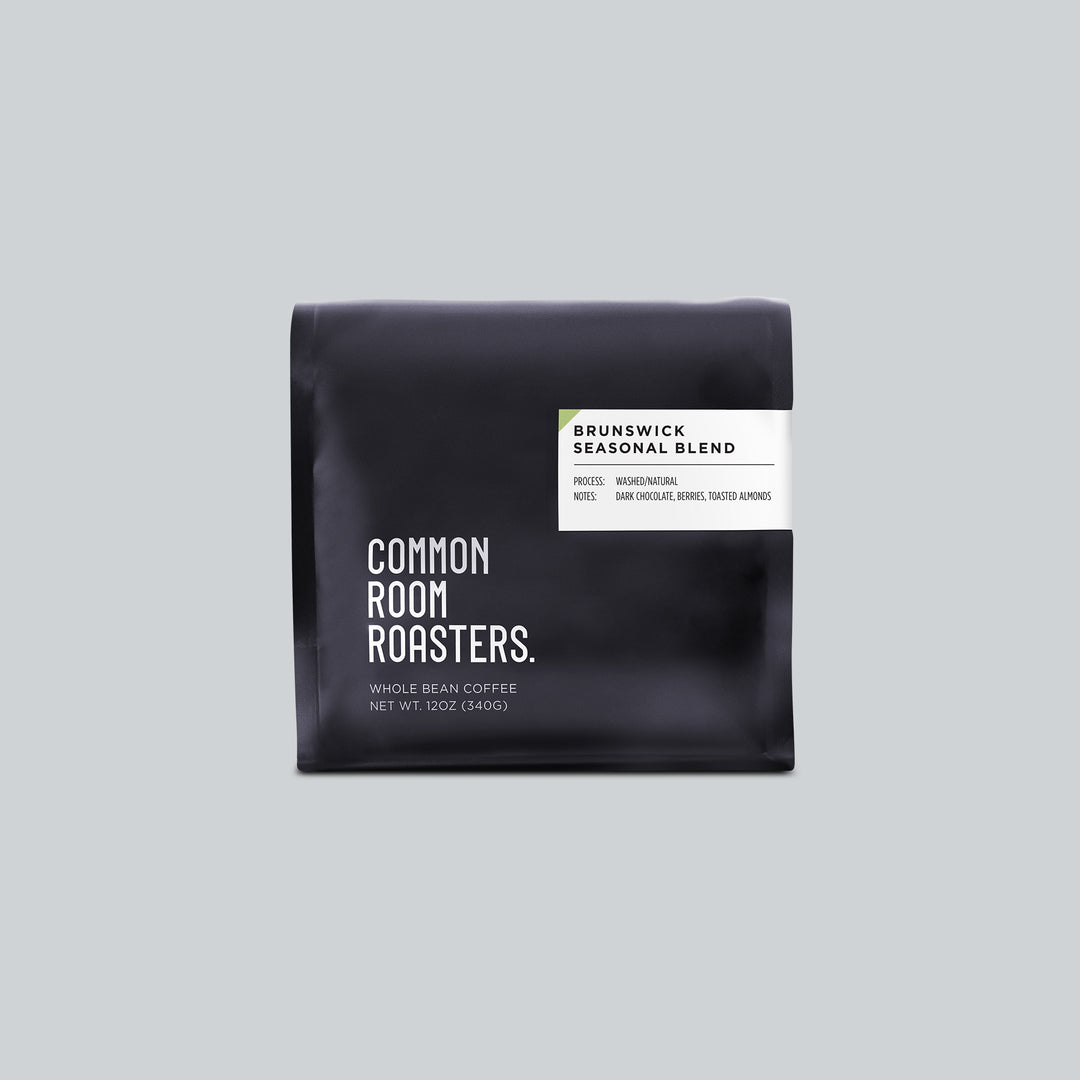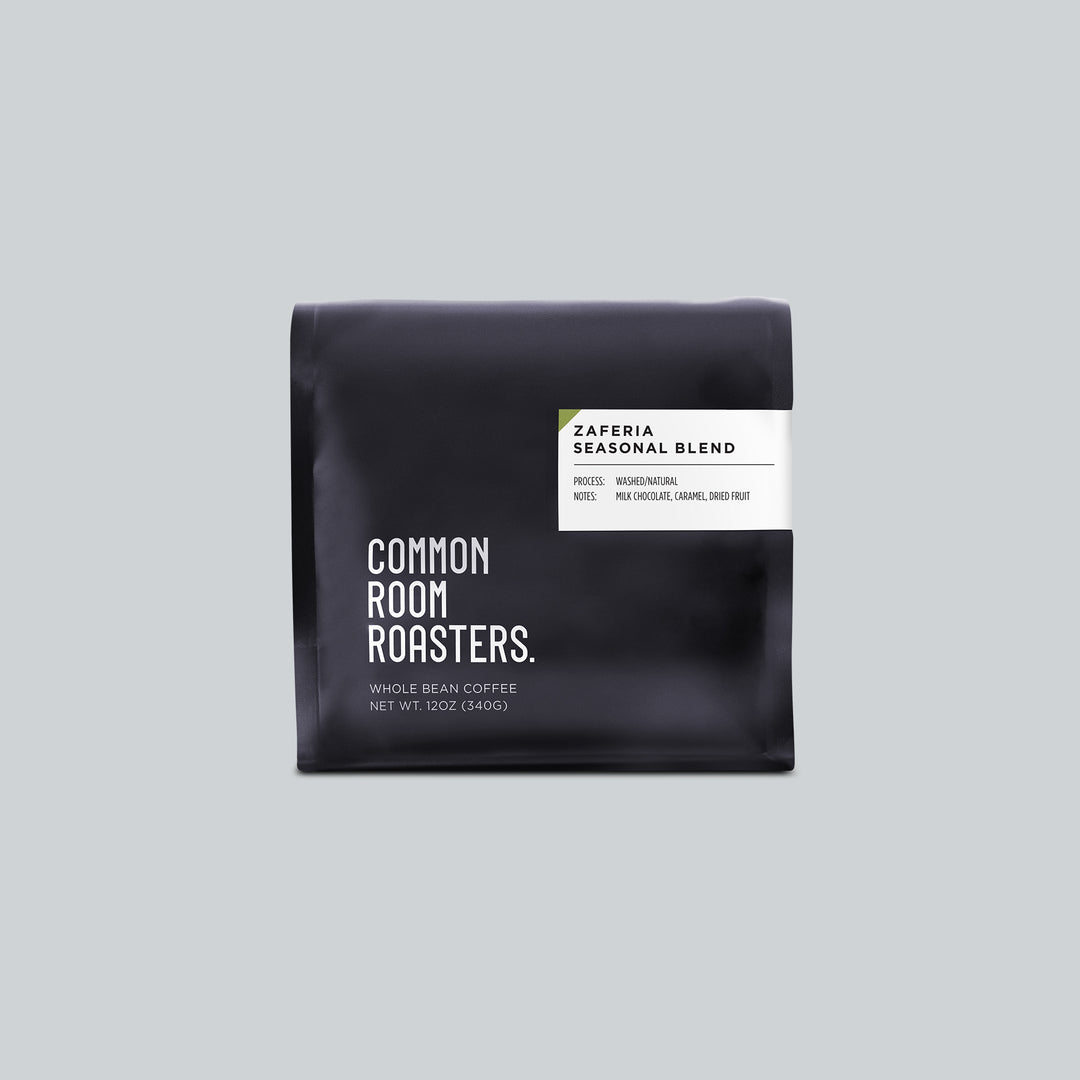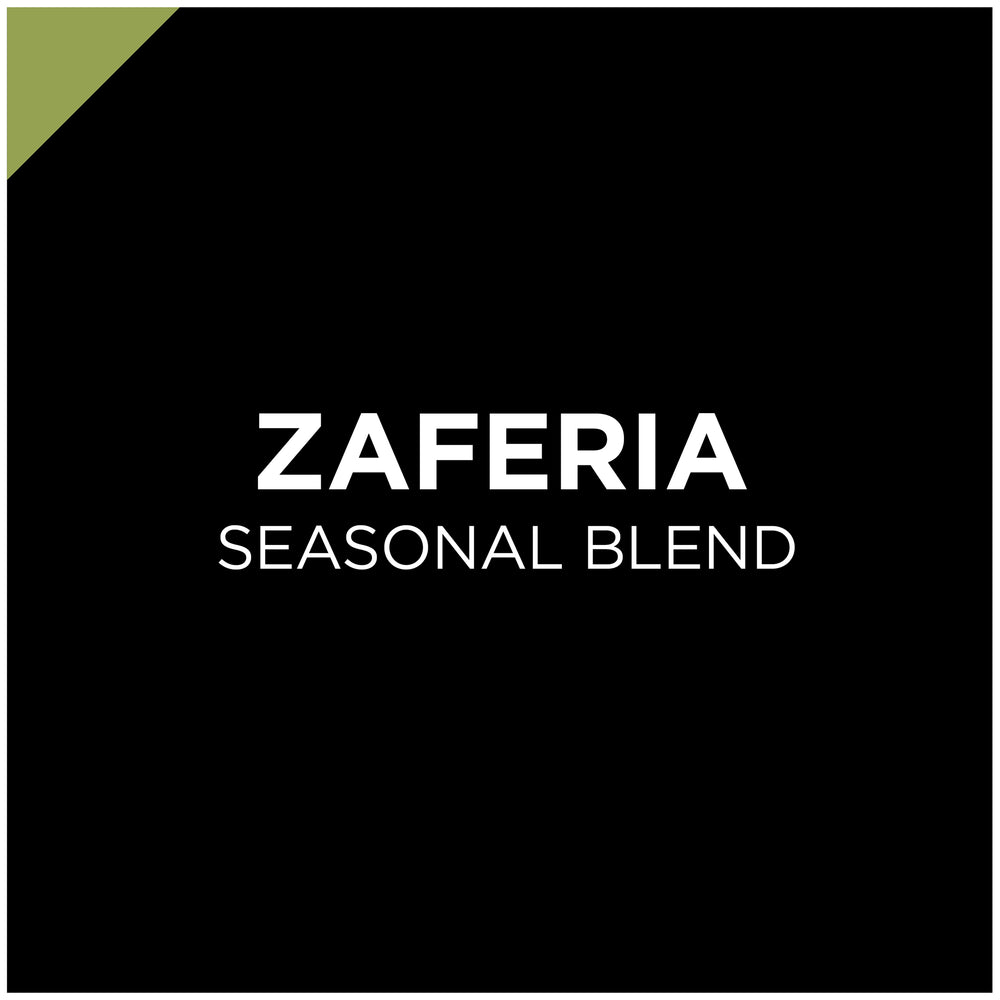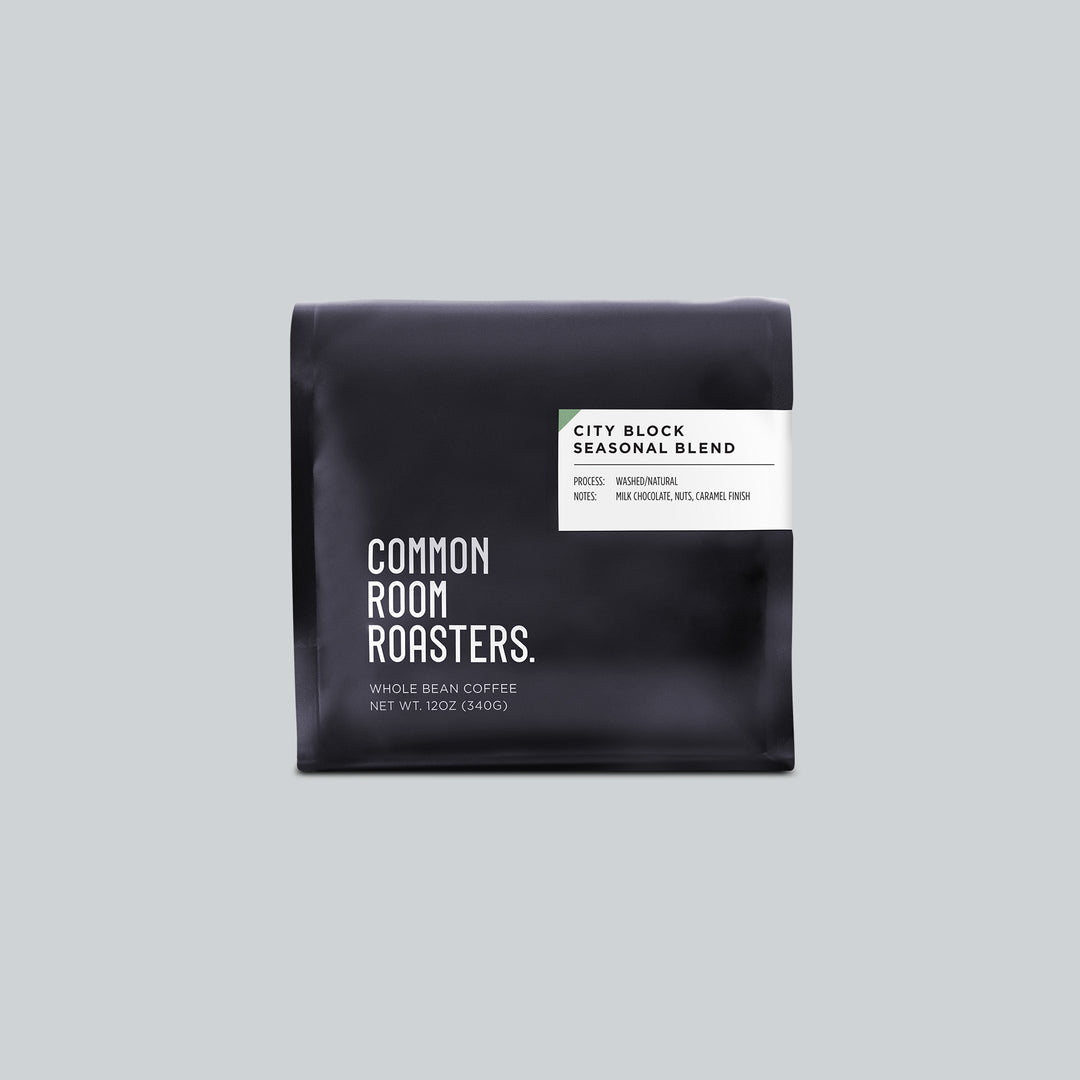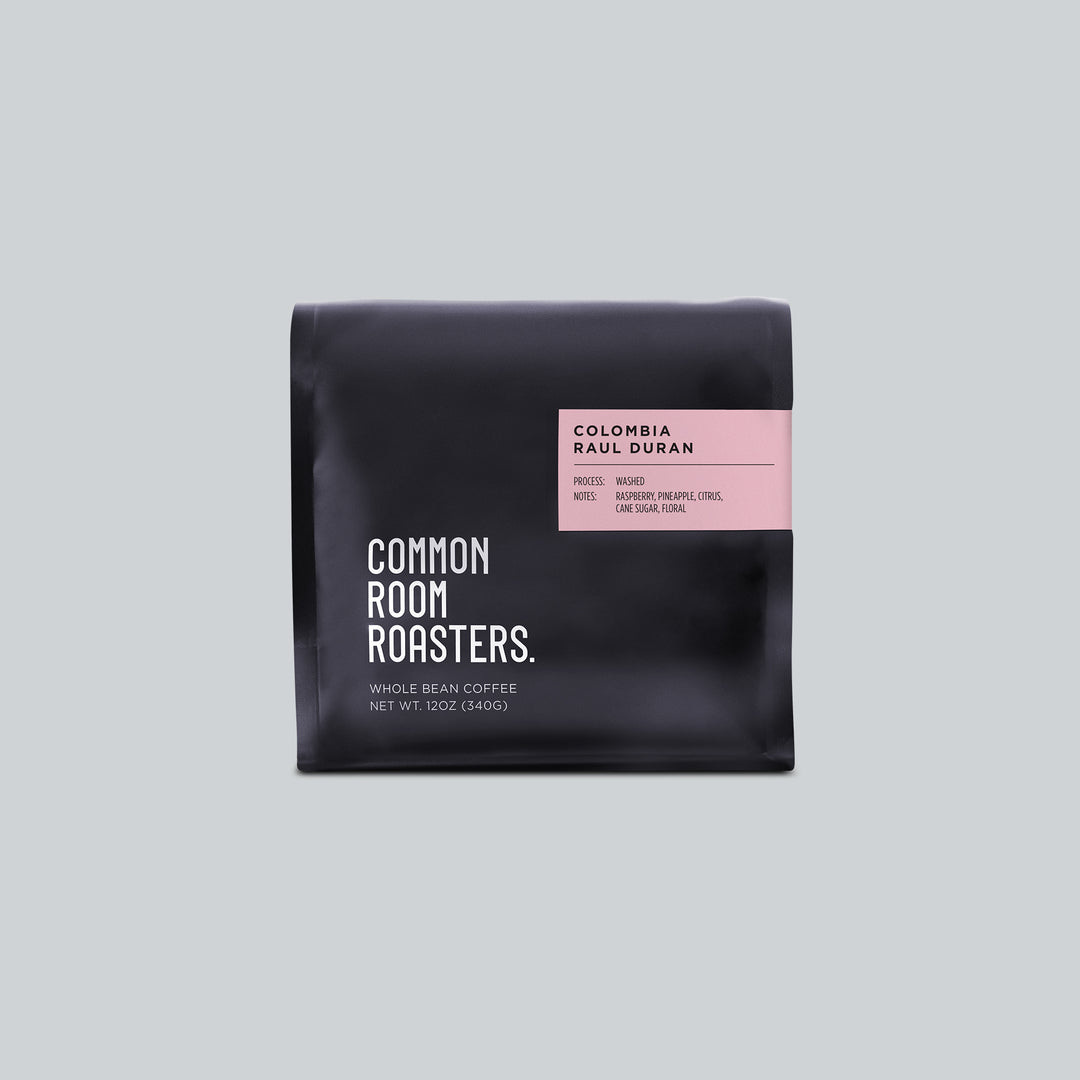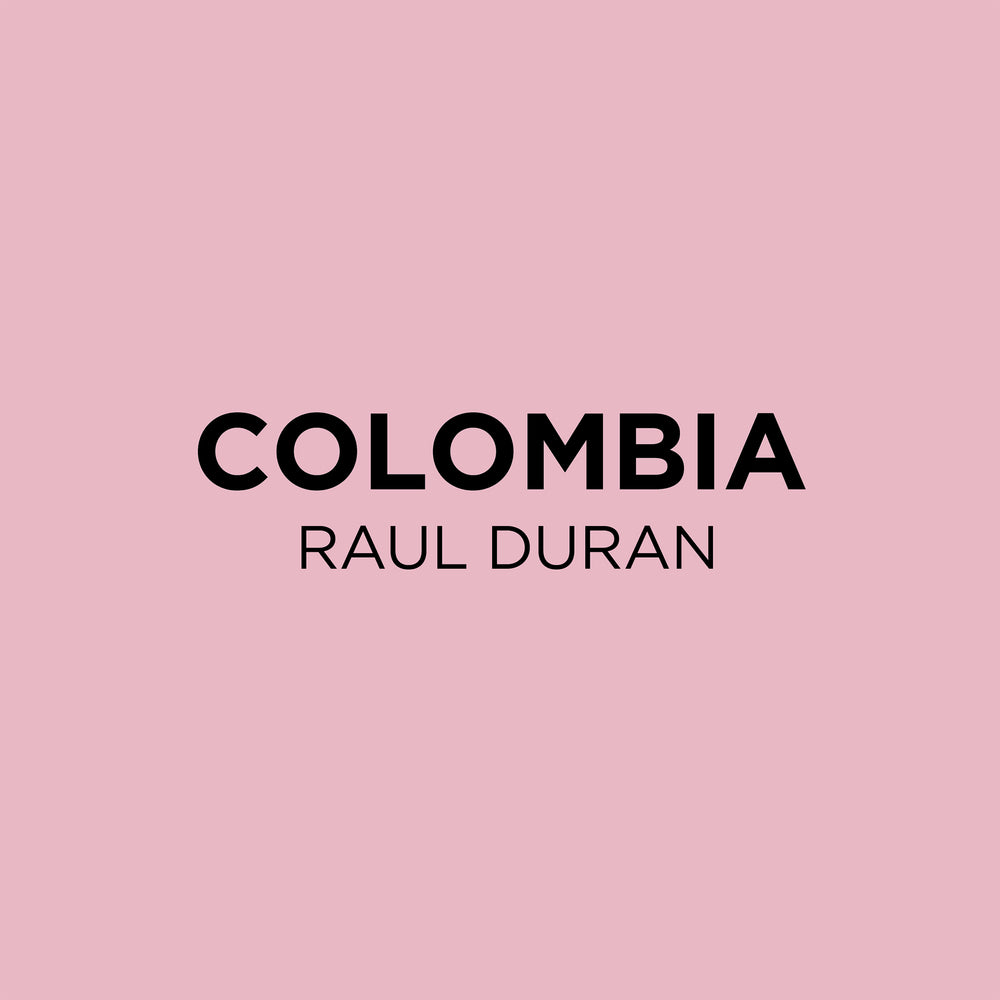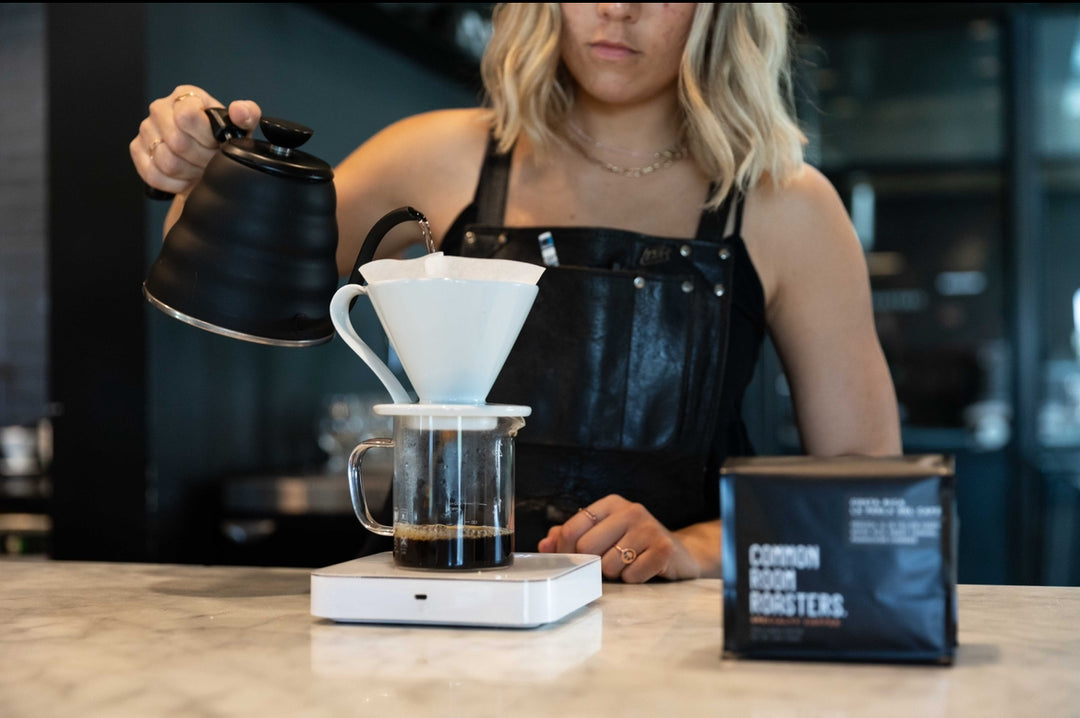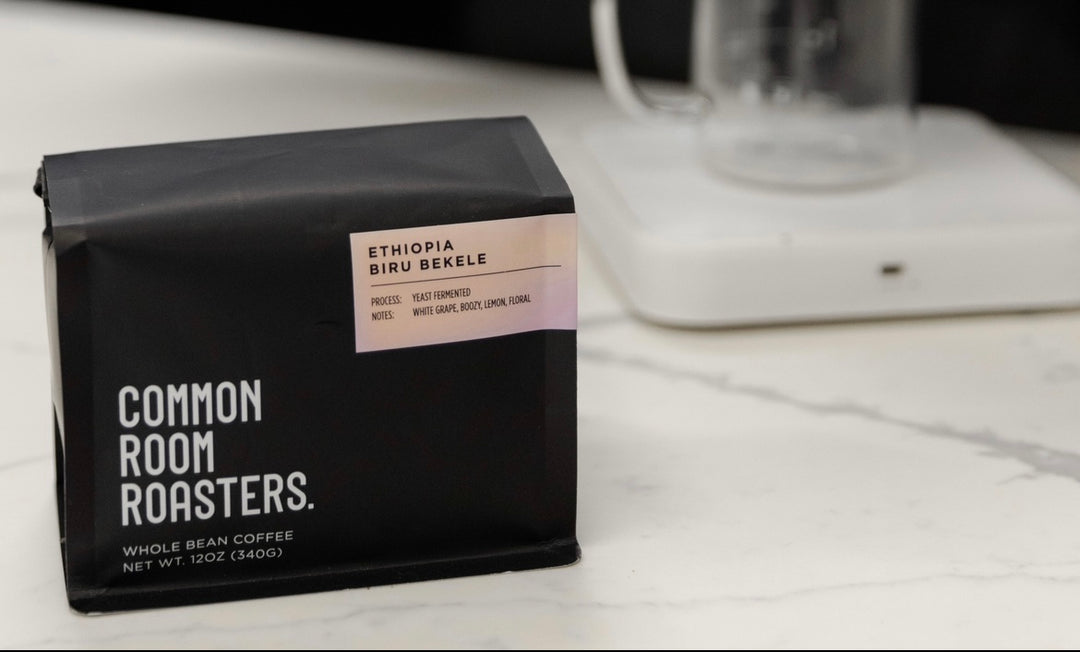The 3 Best Organic Colombian Coffee
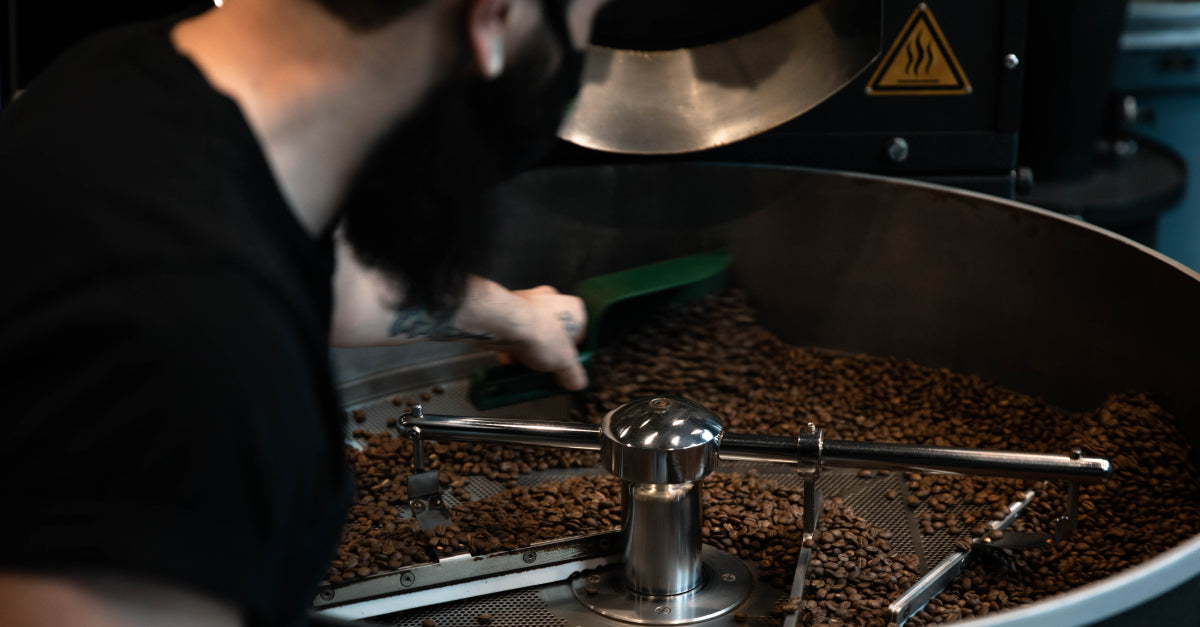
Content
Colombian coffee is revered across the globe for its rich aroma and caramelized flavor with citrus notes — and for good reason. Generational Colombian coffee farmers handpick these fruits and wet process them to extract 100% Arabica beans.
The Colombian climate is arguably the best condition to grow an ideal cup of joe. The temperature never falls below freezing in Colombia. The weather is the same year-round, and rainfall is in abundance.
Even better, the farmers plant the coffee cherries on volcanic ash-infused soil at high elevations.
If you are curious about what kind of magic the third-largest exporter of coffee produces, here is a list of the 3 best Colombian coffee brands to try in 2023.
Top 3 Best Colombian Coffee Brands
1. Fudam Organic Colombia
FUDAM is an association of over 300 members focused on growing single-origin organic coffee. These FUDAM farmers have ingrained sustainability and innovative environment-friendly methods into their processes, making them a preferred choice for many coffee enthusiasts.
They sow the plants on the solids of Nariño, where it is cultivated at 2,300 meters(~7,546 feet).
The farmers pick the cherries during the day, skin them off in the afternoon, and ferment it for close to 24 hours. Depending on the drier they use, it may take up to 15 days.
Then, they wash it several times before drying it to remove any clunk.
FUDAM’s medium roasted batches have consistency, with flavors of sweet chocolate and almond flavors with the tiniest hints of spice.
Pros
- Perfect for espresso, filter, and French press methods
- Smooth texture
- Rainforest Alliance and UTZ–certified
- Notes of chocolate and almond
Cons
- No bold flavors

2. Huila Decaf Colombia
As much as we love coffee, caffeine intake in the evening can lead to a fidgety, sleepless night. That’s why many brewers skew towards the decaf.
The decaf coffee grown in Colombia’s Huila region is the perfect solution to cravings.
To make decaf, brewers ferment sugar cane to take on the form of alcohol in a tank. Then, they place green coffee inside the alcohol-filled tank to decaffeinate it. Finally, they soak the beans and rinse them several times over 8 hours.
This way, the coffee retains the aroma and taste without a trace of caffeine.
Especially with the Huila Decaf Colombia, you get a mix of dark chocolate, toffee, and caramel in your mouth. You can enjoy this in several forms: filter, espresso, and French press.
Pros
- Perfect for beginner coffee tasters
- Suggestions of toffee flavors
- Has multiple varieties
- Made with a unique method to preserve the original taste
Cons
- Not for coffee aficionados
3. Aponte Village Colombia

The indigenous Inga people honey process their beans in the village of Aponte. The taste bounces between toffee, caramel, cherry, and apple — a real delicacy. The only caveat is, they’re pretty expensive, that is, relatively more than other Colombian specialties.
The ripe coffee cherries are grown at 2,100 meters(~6,890 feet), where they are then picked, skinned, and fermented, while the gluey substance we call mucilage is still on the beans. Then, they dry the beans without washing them in parabolic dryers.
As it is grown at a ridiculously high altitude, even at a medium roast, the beans showcase a thick consistency. In addition, the cold winds and the temperature change from day to night accelerate the drying process.
Pros
- Fruity notes
- Dense texture
- Made for coffee lovers
- Exported from the region of Tablón de Gomez and Nariño along with Aponte.
Cons
- Not for those who dislike sweet flavors
What Makes Colombian Coffee Unique?

Surrounded by Bogota, Cali, and Medline, the coffee triangle is composed of the departments of Caldas, Risaralda, Quindio, and Tolima. This is where the most extensive production of coffee occurs.
However, this does not mean coffee agriculture is limited to these regions.
Many believe the origin of coffee is Africa, specifically Ethiopia, stating that the Dutch brought coffee to European soil in 1500.
However, coffee cultivation began in earnest in 1730 in Colombia. By 1835, arrangements were made to export the first bag of coffee out of Cucuta, Colombia.
Up until 1870, wealthy landowners had the rule of coffee grounds and production. However, the turn of the century led to the rise of small producers, the central farmers, gaining ownership of the export business.
As such, they passed down the art of coffee harvesting, processing, and roasting through the generations. Some Colombian farmers still stick to the old methods, disregarding the big factory machines.
Factors That Contribute to the Taste of Colombian Coffee
The secret to the taste of Colombian coffee lies in the efforts of the farmers and the Colombian climate.
Cultivation and Harvesting
Farmers hand-pick the red coffee cherry. The fruits are then placed inside traditional machinery to peel out the skin. Some of these machines have served farm families for over 100 years.
In the machine, the parchment bean comes out on the other side. Then farmers remove the layer by hand to reveal the kernel. This is the main bean, the one roasted and kept inside sacks in the greenhouse for nearly three months.
Separated again after roasting, the higher-quality beans of the bunch are exported while the slightly lower-quality ones are sold inside Colombia.
The Climate of Colombia

The Colombians rarely harvest lower-grade beans, so the farmers only have a few roasted beans for themselves. This is a result of Colombia’s geographic positioning.
The farmers sow the coffee plants at an altitude of 1,800 meters (~5,906 feet) on grounds made fertile by the ashes from volcanic eruptions. But the growth period of these cherries can be long. For instance, the first cherry can take three years to appear.
Colombian heat doesn’t favor the coffee plants in its gaze, but luckily, banana trees never grow far from them. These banana trees shield them from the harsh sunlight. At night, the cold Andes mountain air aids the kernel inside the cherry in absorbing the sugar.
You can credit this climate to the smooth, delicious kernels produced in Colombia. The coffee cherry tastes as good raw as in its roasted form.
Colombia also enjoys stable weather year-round, with 40 to 70 inches of annual rainfall.
Processing
The processing method in Colombia is unique. Generally, the coffee cherry is washed as an act of basic hygiene. Then, the farmers separate the skin from the pulp once the fruit dries.
Colombian farmers wet process the coffee, then place the cherries in a large water tank. The ones with a low-density surface to the top. Now, the farmers collect the floating cherries and put them in a machine to peel off the skin while it is still wet.
The beans and parchment go through the fermentation process before it is rewashed. Finally, the farmers dry the beans in a mechanical or parabolic dryer. This way, the coffee beans display a highly acidic, fruity flavor.
And yes, it tastes fantastic once you brew it!
Does Colombian Coffee Taste Good?

All coffee connoisseurs will answer this question with a resounding yes.
Colombia only produces superior beans - the Arabica. This bean type is famous for its light, sweet flavor, often with hints of chocolate.
The Colombian climate - the ideal weather condition and wet processing for the Arabica - only enriches the beans.
In fact, Colombia grades its beans by size over quality because that quality is already guaranteed with the Arabica beans.
Many connoisseurs believe more giant beans contain more flavors. The largest bean type is Supremo, which naturally costs more. It is followed by Excelso, which is only slightly smaller.
The Colombian version of Arabica is a creamy body with hints of either caramel or vanilla. It also has a touch of citric acidity that never feels overpowering.
You’ll find that light roasting your beans refreshes your palette with a sharp, clean flavor and high acidity levels.
The most exported version of Colombian coffee exhibits an intense caramel flavor and aroma. These are medium to dark roasted Arabica. You can burn the Colombian produce to its darkest form without sliding over to bitter territory.
One Last Tip
Our three, full-body, organic Colombia coffee recommendations may be too sweet for you. Of course, everyone has a different palette. In that case, we recommend you try blends.
A coffee blend is a combination of two or more different types of coffee beans that are mixed together to create a unique flavor profile. Roasters and coffee companies create blends to achieve a particular taste or aroma that is impossible with single-origin coffee.
Roasters often blend coffee beans from different regions to create a balance of flavors that complement each other. For example, a blend may include beans from Central America for their acidity and sweetness, beans from South America for their body and richness, and beans from Africa for their floral and fruity notes. The roaster can adjust the proportion of each coffee bean in the blend to achieve the desired flavor profile.
If you’re up for it, we will recommendBrunswick,City Block, and Darkside Blends. The award-winning Brunswick blend tastes like a mixture of chocolate, almonds, and blueberries. Perfect for any first-timer.




